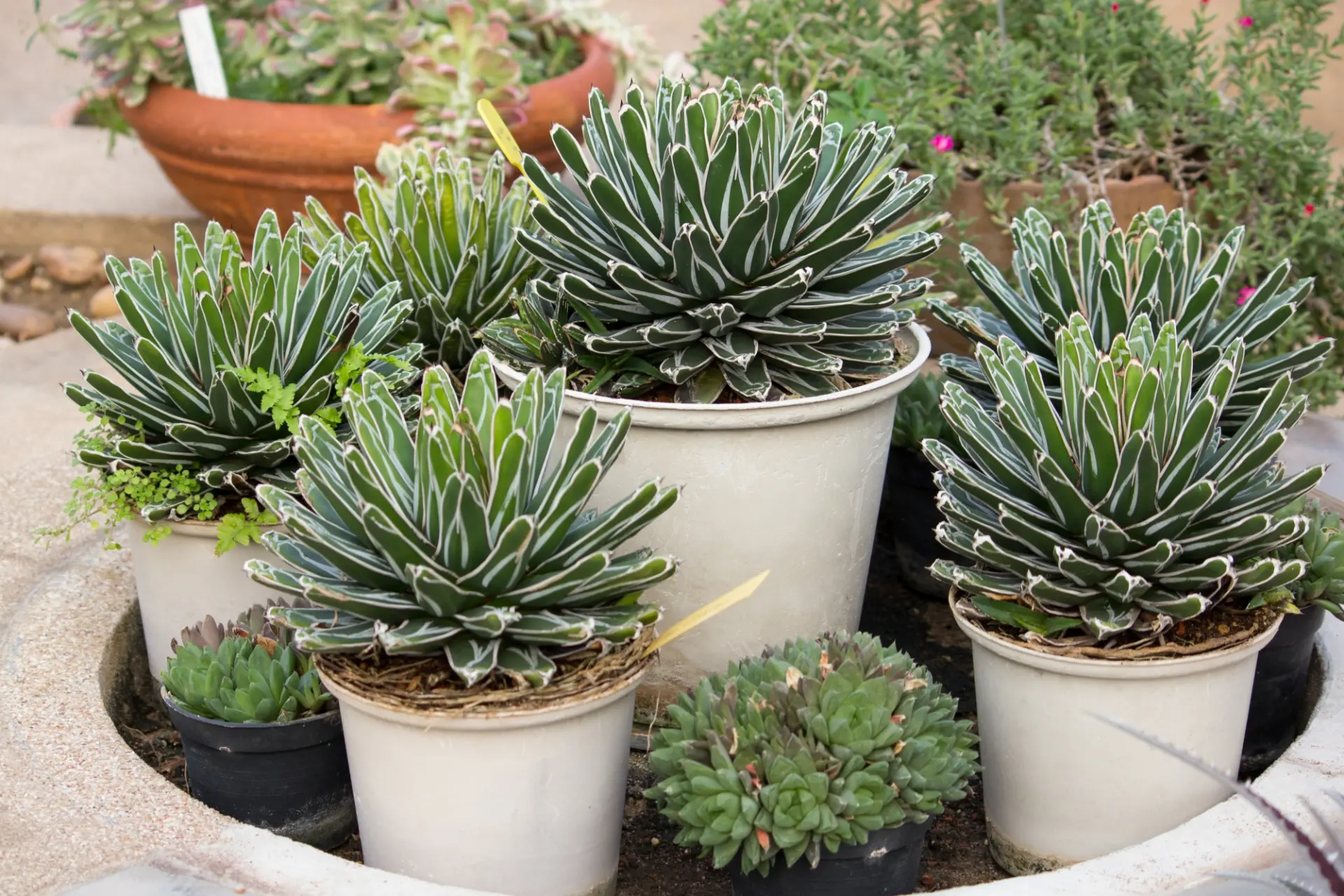1. Rake Leaves Regularly
As beautiful as fall foliage is, letting leaves pile up can smother your grass and promote mold growth. Rake or mulch them weekly to keep your lawn breathing and looking neat.
2. Keep Mowing
Don’t put your mower away just yet! Continue mowing your grass until it stops growing. Cutting it to a height of about 2.5 to 3 inches will prevent disease while protecting roots during winter.
3. Aerate Your Lawn
Fall is an excellent time to aerate your yard. This process helps relieve soil compaction and allows water, nutrients, and oxygen to reach the grass roots more effectively.
4. Fertilize Before the Frost
Applying a slow-release fertilizer in the fall gives your lawn the nutrients it needs to survive the winter and bounce back green and lush in spring.
5. Trim Trees and Shrubs
Prune dead or overgrown branches to prevent breakage from heavy snow and to encourage healthy growth next season.
6. Plant Fall Flowers and Spring Bulbs
Add color with fall flowers like mums and pansies. It’s also the perfect time to plant spring-blooming bulbs such as tulips and daffodils.
7. Clean and Store Garden Tools
Wash and dry your tools before storing them to prevent rust and damage. Drain hoses and store them indoors to avoid freezing.
8. Mulch Garden Beds
Applying mulch helps regulate soil temperature and moisture, protecting your plants from harsh winter conditions.


